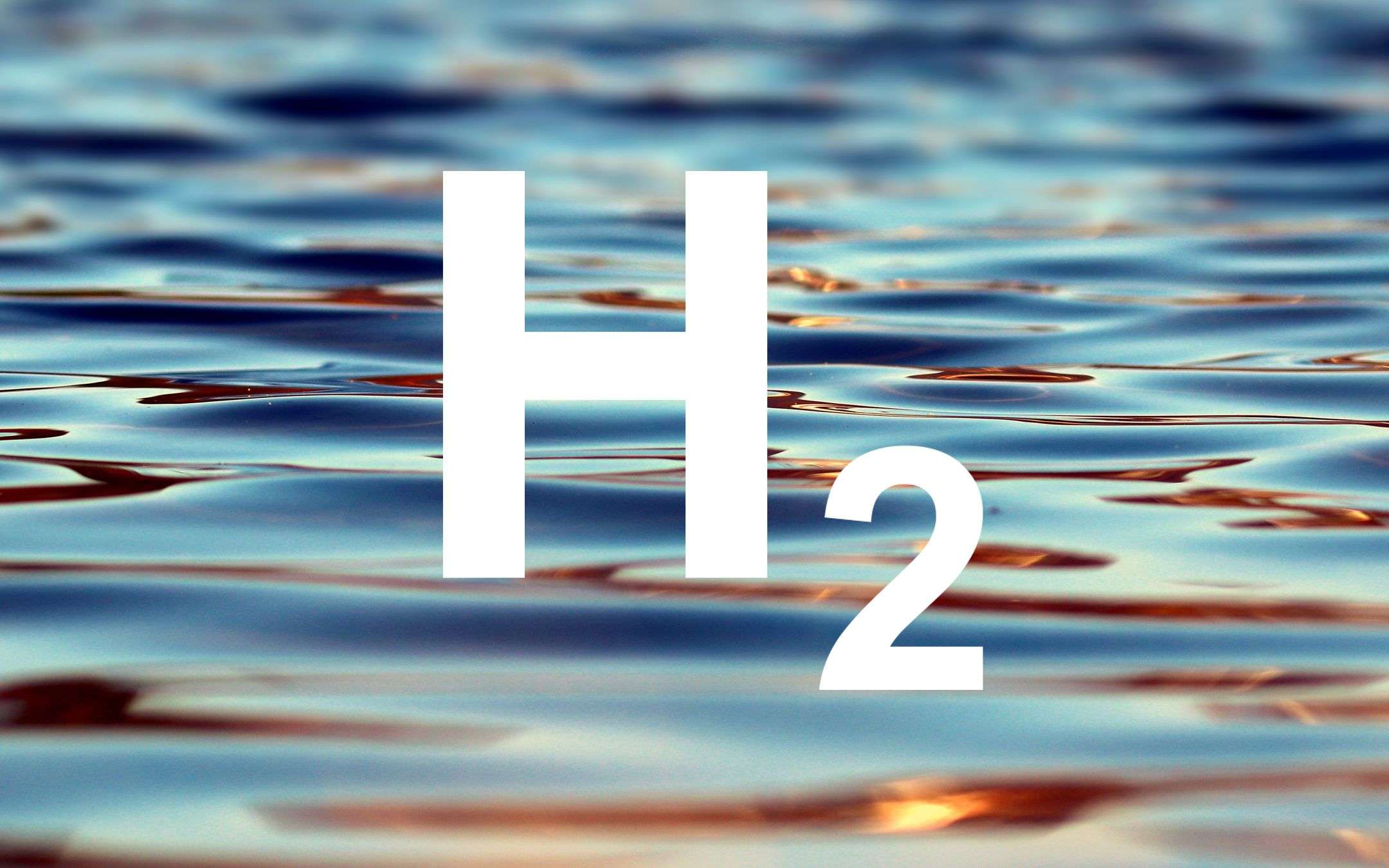Eni and Enel, together towards green hydrogen

Eni and Enel, target hydrogen
The announcement joint of the two groups explains that the two companies will go hand in hand to "develop green hydrogen projects through electrolysers powered by renewable energy". Specifically, the electrolysers "will be located near two of Eni's refineries where green hydrogen can represent the best decarbonization option". A conversion project, therefore, which not only has a prospective value based on hydrogen energy, but which also aims to replace the traditional supply chain with a clean energy one.The projects in place are each quantified in a potential of 10MW and should start delivering green hydrogen by 2022/2023. Thus Claudio Descalzi, Eni CEO: "This collaboration for the development of green hydrogen is part of Eni's broader energy transition strategy. Our goal is to accelerate the reduction of our carbon footprint by implementing the best applicable low-carbon, green or blue solutions to reduce our direct emissions and provide organic products to our customers ”. Francesco Starace, Enel CEO, shares the same opinion: "We are interested in exploring the promising green hydrogen sector with Eni. Together, we have identified a couple of sites to start with your first projects. The general system we have in mind will work as a closed loop in which the electrolyser powered by renewable energy and the refinery will be at the same site, thus avoiding the construction of complex transport infrastructures for hydrogen. We want to see green hydrogen supply Eni's refinery and biorefinery processes and we are working to have the first operational system before the end of our current three-year plan ".
In the so-called electrolytic cells, water is crossed by an electric current that dissociates it into H + and OH - ions, these run respectively towards the cathode and the anode where hydrogen and oxygen gaseous are formed on one side. To keep us clean, the energy for electrolysis must come from a renewable source such as, for example, the sun. Hydrogen produced in this way can be considered one of the ideal resources for powering electric cars; to make them work we have to rewind the tape and we do it inside the fuel cells (or fuel cells). Here the reverse of what we have seen in electrolytic cells occurs; the hydrogen in molecular form H 2, which we have painstakingly obtained, is broken into the two positively charged H + atoms and electrons. It is precisely these that, passing through an external circuit, supply a current that powers the electric motor. Once these return to the cathode of the cell together with the positive hydrogen ions, these combine with the oxygen comfortably supplied by the air producing… again water!
Michela Bellilato
Eni, in particular, it would have further similar projects on the table both in Italy and in the United Kingdom, thus making hydrogen a real bet in what could be a future with a center of gravity shifted towards clean energy. In Italy, the tug-of-war that had to decide whether to bet on "green" or "blue" hydrogen (with CO 2 storage) seems to have been won by Enel, which has thus brought Eni on board this 100% virtuous bet and for which a substantial hand is also expected from European investments. A far-sighted project, in short, which in the next few years will be able to return its first fruits and give life to a new way of understanding energy.